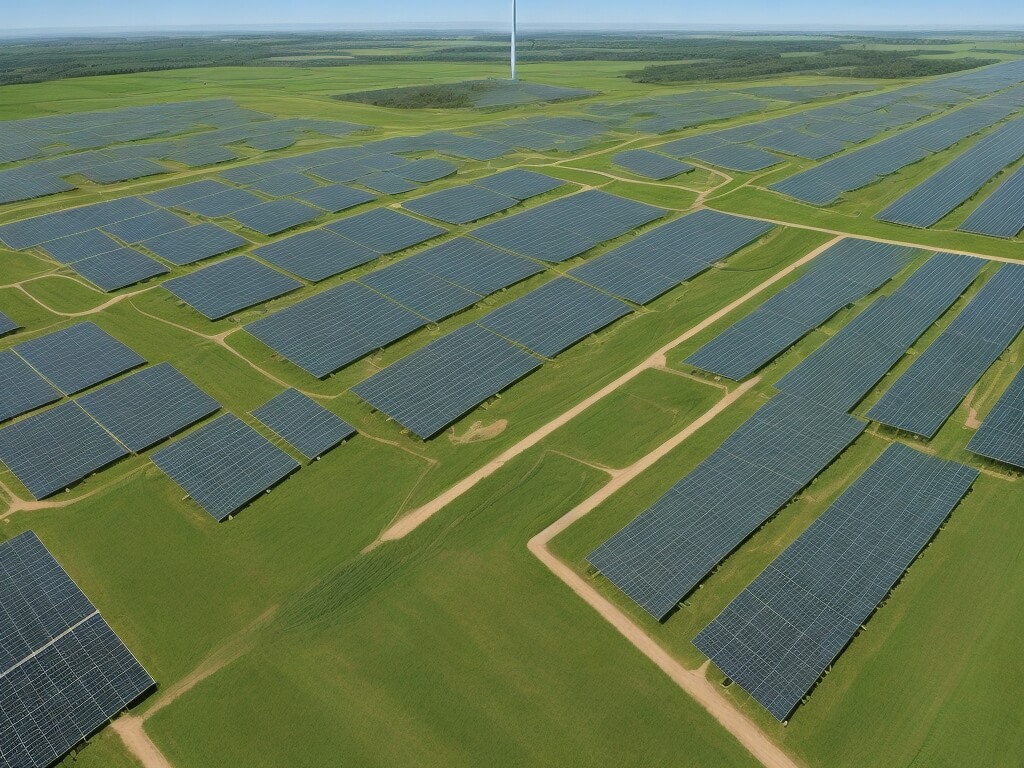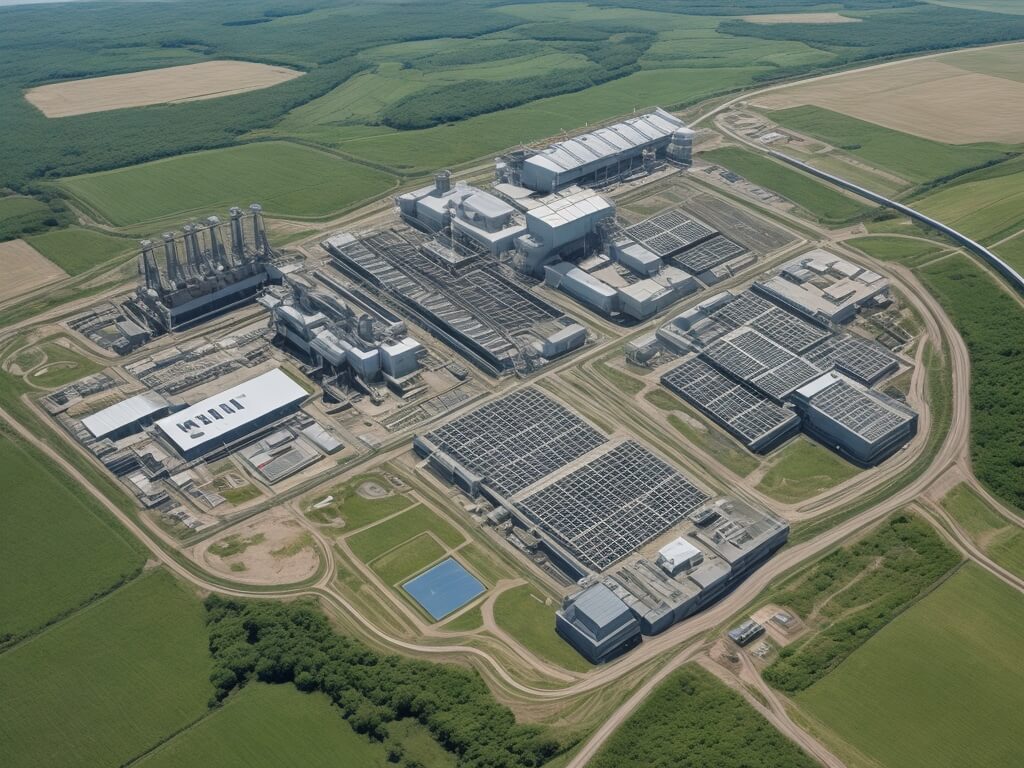
This year, renewable energy constituted over half of Germany’s power production for the first time in history, as indicated by data from clean-power organizations.
According to preliminary calculations by the Center for Solar Energy and Hydrogen Research and the German Association of Energy and Water Industries (BDEW), the proportion of green sources increased to 53%, up from 44% last year.
The statement from these organizations highlighted that electricity generation from onshore wind energy achieved a record for the entire year, and solar power production reached an all-time high in June. Concurrently, renewables contributed to 52% of the nation’s power consumption, marking a five-percentage-point rise.
As Europe’s largest economy and one significantly affected by Russia’s reduction of natural gas shipments last year, Germany has turned to renewables to bridge the power gap, even though there was an increase in coal usage last winter. The country decommissioned its last nuclear plants this year and aims to achieve 80% clean power production by 2030.
In absolute terms, Germany generated a record 267 billion kilowatt-hours of renewable energy this year, with a notable 11% decrease in total energy generation, leading to reduced fossil fuel utilization.
Despite the emphasis on increasing low-carbon sources, renewable energy in Europe, particularly offshore wind, faces challenges such as elevated financing and component costs. Kerstin Andreae, chairwoman of BDEW’s executive board, emphasized that Germany must address obstacles hindering the expansion of renewables, including protracted approval procedures, excessive bureaucracy, and a shortage of available land.
The unique challenges and successes in Germany’s renewable energy landscape underscore the ongoing global transition toward cleaner and more sustainable power sources.

